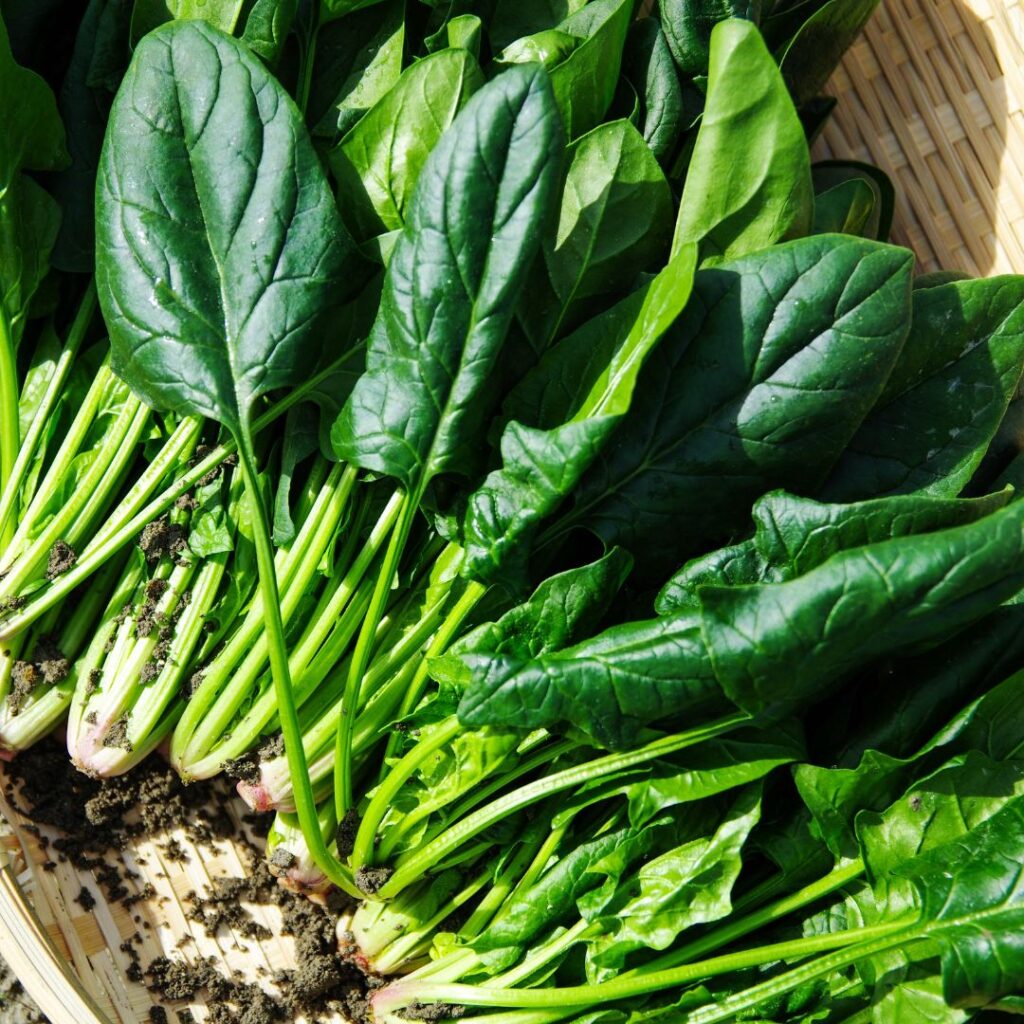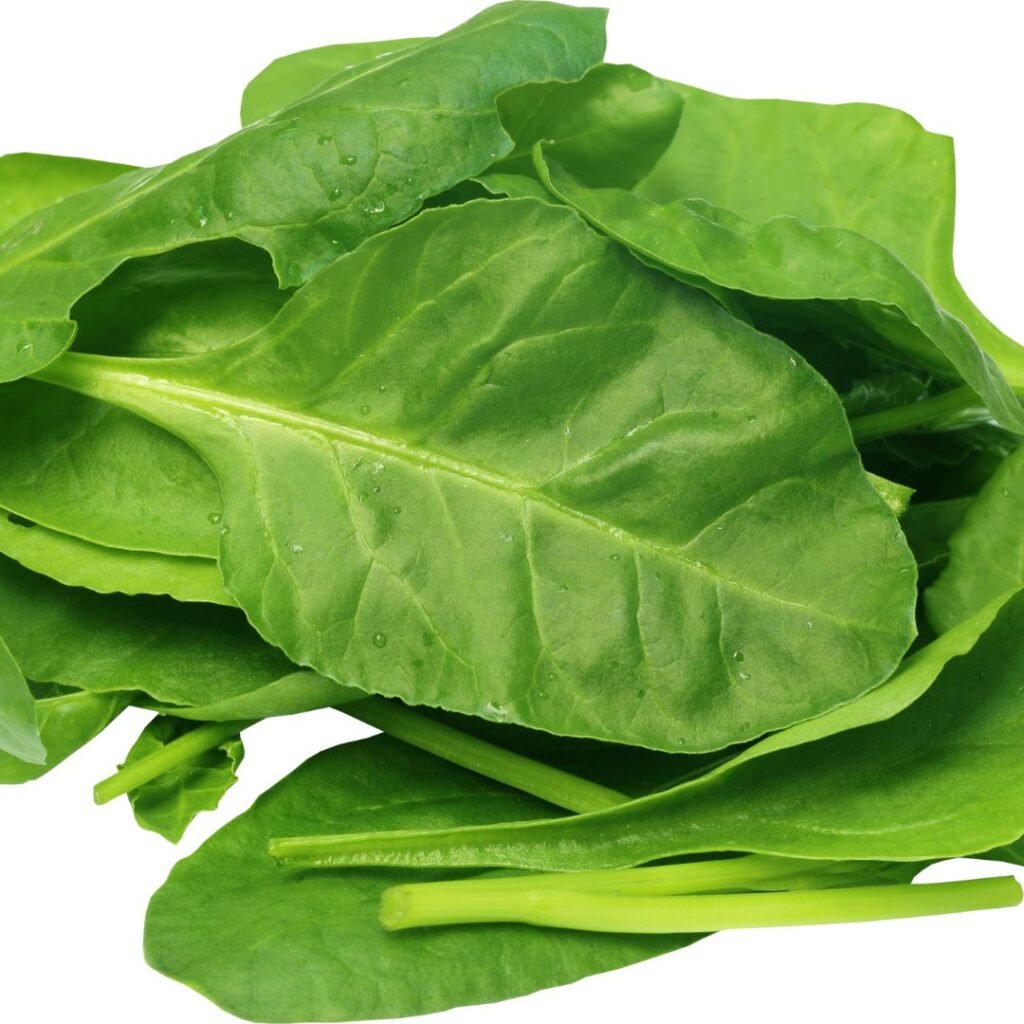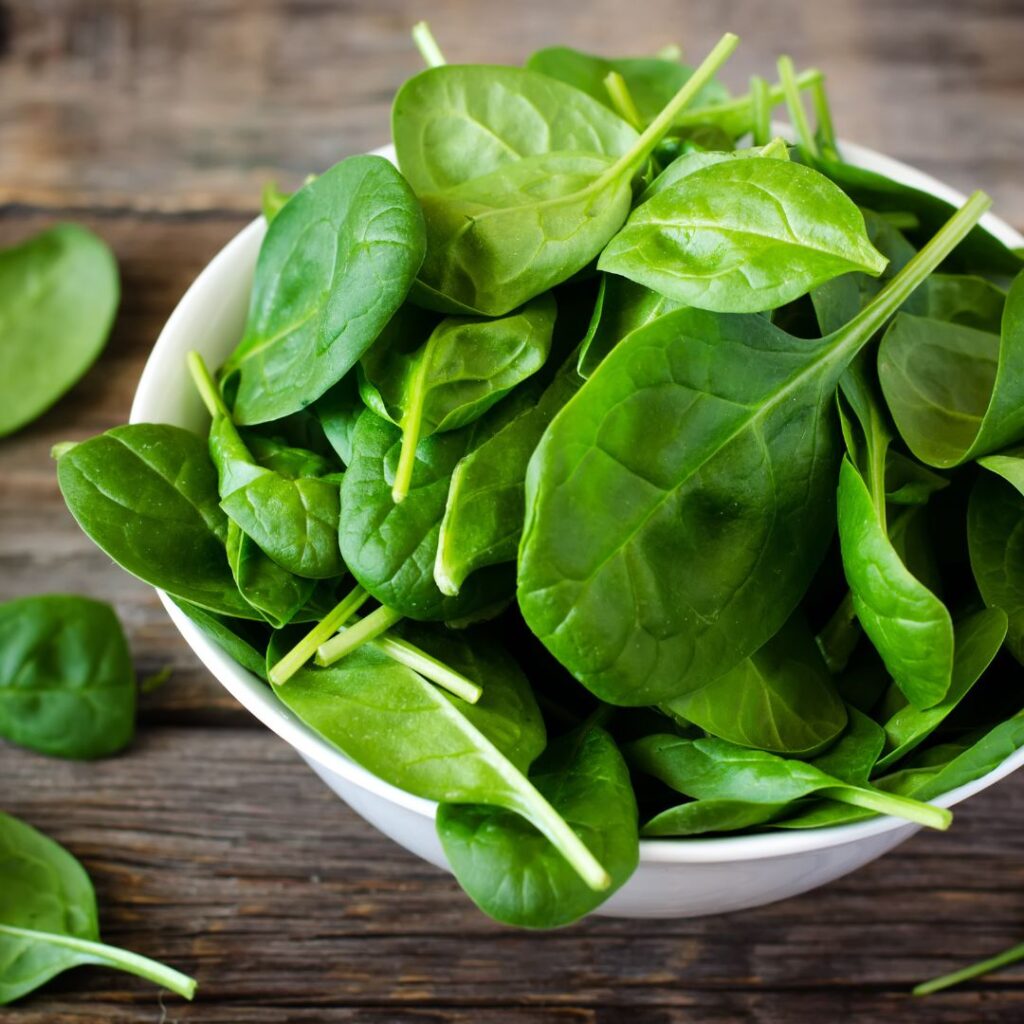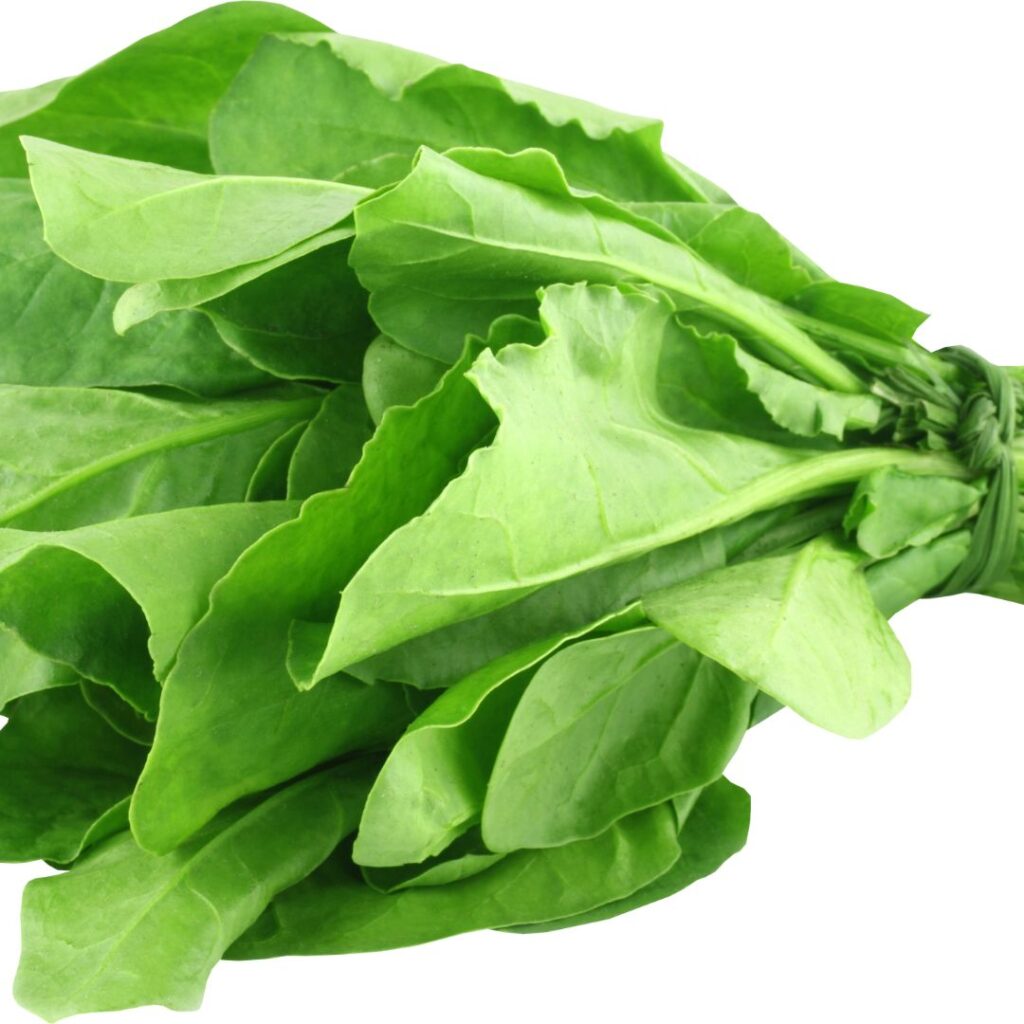Unlock the authentic flavors of Saag with these 5 essential leaves! Discover the unique characteristics and benefits of each leaf, from the slightly bitter taste of mustard greens to the earthy flavor of spinach. Learn why these leaves are crucial in creating a rich, aromatic, and nutritious Saag recipe that will elevate your Indian cooking to the next level.
Saag remains much revered in Northern India with regards to their cuisine, and it is also a unique dish that is a strong representation of food throughout the winter season. This dish becomes more exciting with the combination of a variety of leafy vegetables whose major focus is nutrition. The dish is a passion handed down generations, and it continues to be habitual to couple it with makki ki roti to offer a powerful experience of taste and health. What is the ideal combination for saag? Well, it should consist of five ingredients squashed together which include mustard, mustard, fenugreek, bathua and radish leaves. Each of these greens plays a crucial role in creating the rich, flavourful, and nourishing profile of this iconic dish.

Sarson Da Saag
Everyone needs a touch of mustard and the same can be said for saag. Saag with mustard leaves will add a perfect taste while at the same time it can provide a punch to your palate. On top of the benefits of seasoning, raw fibrous leaves will help boost your immunity and digestion. This combination is beneficial as it proactively prevents seasonal flu and sore throat. Additionally, this combination contributes to the smooth texture of the saag and makes it tastier while providing nutritional benefits.
Spinach (Palak)

Spinach is a pleasant-tasting leafy green that tastefully completes the mustard greens’ strong flavour. Its hint of sweetness enables the mustard greens’ bitter taste to be overshadowed. Spinach is very famous due to the fact that it contains an exceptionally high concentration of iron, magnesium and folate. These nutrients are essential in treating anaemia, enhancing one’s bones and improving overall well-being. The low ratio of antioxidants present in the spinach further accentuates its health-enhancing properties which makes saag complete.
Fenugreek Leaves (Methi)
Fenugreek leaves, with their slight bitterness and distinctive aroma, are an important ingredient that augments saag’s complexity. These greens are rich in iron, calcium and vitamin C, thus making it a highly nutritious food source. Similarly, fenugreek is also known to have some beneficial effects for health, such as reducing inflammation, normalising blood glucose, and boosting digestion. Their unique flavour not only enhances the taste of saag but also enhances the nutritional aspects of saag.
Bathua (Chenopodium or Lamb’s Quarters) Bathua, and its other name Indian Lamb’s Quarters or Lamb’s Quarters, nourishes the load of nutrient-dense saag with a nutty taste and a strikingly creamy texture which makes bathua sound like an integral ingredient for saag. It is delicious to note that this rather commonplace green like bathua is rich in vitamins A and C, calcium and potassium. With detoxifying properties, bathua is a great boost for gut health and works wonders when one needs energy and immunity especially during the colder months.

Bathua does not carry an overbearing taste so it does not overpower the other greens used in the saag but works like an enhancer of spaghetti richness. Radish Leaves (Mooli ke Patte) Radish leaves have been unfairly disregarded, for they are a source of nutrition and flavour, and are sadly neglected culinary treasures.
The saag now becomes more distinct with these mildly pungent and aromatic leaves which assist in enhancing its flavour. Filled with vitamins A, C, and B6, as well as magnesium and potassium, these leaves support metabolism and strengthen the immune system while perioperatively improving digestive function. That said, adding radish leaves does not only broaden the nutrition profile of the saag but does help to include a unique flavour which surely transforms the dish into something remarkable.
Every time I think about saag, I picture five different types of greens widely used to create that very dish. A combination of their flavours and textures represents the core of saag. And as I mentioned, the five greens are mustard leaves, spinach, fenugreek, bathua and radish leaves. Mustard leaves are spicy while spinach is mild and fenugreek is bitter along with nutty and pungent flavour from bathua and radish leaves when combined create an array of delightfully satisfying flavours. More than just taste, these greens create a perfect combination as they deliver a wide range of vitamins, minerals and antioxidants beneficial for digestion and overall health.
For Ensuring the Perfect Saag

Saag should be served with warmth and comfort, for that reason, when cooking saag make sure to finely cook the greens first as it allows the flavour to fully develop and blend, whether it’s the bitter notes of fenugreek or nutty ones of bathua. Include a splash of ghee, along with garlic and ginger to add more richness. To take the dish a step further, a drizzle of melted butter over the top as a final touch would work perfectly. All of these elements together will give you an enjoyable culinary experience along with homemade white butter and warm makki ki roti which makes for a perfect pairing.
In conclusion, saag is not merely a dish; it is also a commemoration of taste, health, and history. When used in proper selection and combination of these five greens, they make a dish that is not only nice to eat but is also healthy. Embrace this winter favourite and allow it to warm your soul while nurturing your health.

